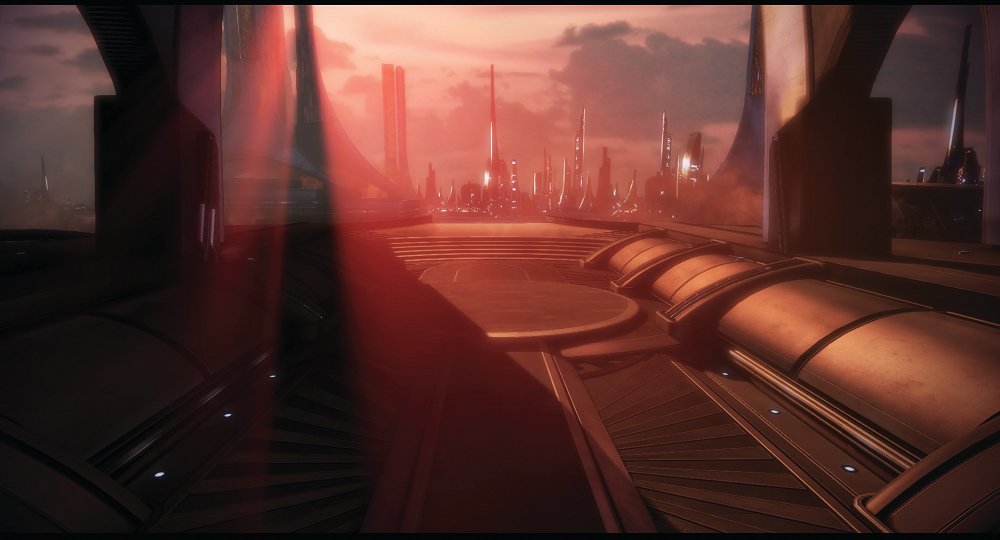Ever notice that in many action and adventure video games there are often crates piled in the background?
Though for many it’s just part of the scenery, for Nolan Cunningham, it’s a red flag showing how little thought went into the design. “A crate is the easiest and least imaginative prop you can put into a level,” says the environment artist at Edmonton’s Bioware, developer of smash hit Star Wars: Knights of the Old Republic and all three Mass Effect games (and soon to be Hollywood blockbuster).
Shortly after finishing Vancouver Film School‘s 3D and special effects program in 2000, Cunningham was hired by Edmonton’s gaming powerhouse to work on Neverwinter Nights, a role-playing game that turns players into wizards or barbarians and lets them choose their own storylines from myriad settings.
Throughout Cunningham’s 11 years with Bioware and its Australian sister corporation, Pandemic Studios, he’s dealt with the expectations that modern games continually must look as real as possible.
In Mass Effect 3, the main character leads a galactic attack against anextraterrestrial race, and it was Cunningham who helped design an alien city – both before and after its destruction.
Ensuring the aftermath looked realistic was probably the hardest part, he says. The crew looked at photos of buildings, like collapsed airplane hangars, in various stages of destruction, and used those details to envision how the buildings fell and the amount of rubble left behind. All in all, it took about eight months to finish.
“‘Environment’ is something that, if you do it right, no one notices; if you do it wrong, everyone notices,” says Cunningham.
But, when Mass Effect 3 was released in March, it wasn’t the game’s backgrounds that fans complained about; it was the ending. In fact, fans waged a “Retake Mass Effect” campaign against Bioware, citing plot holes and a lack of script creativity, which is why it released an “Extended Cut” this summer.
But, lucky for Cunningham, he wasn’t required to do anything over.
